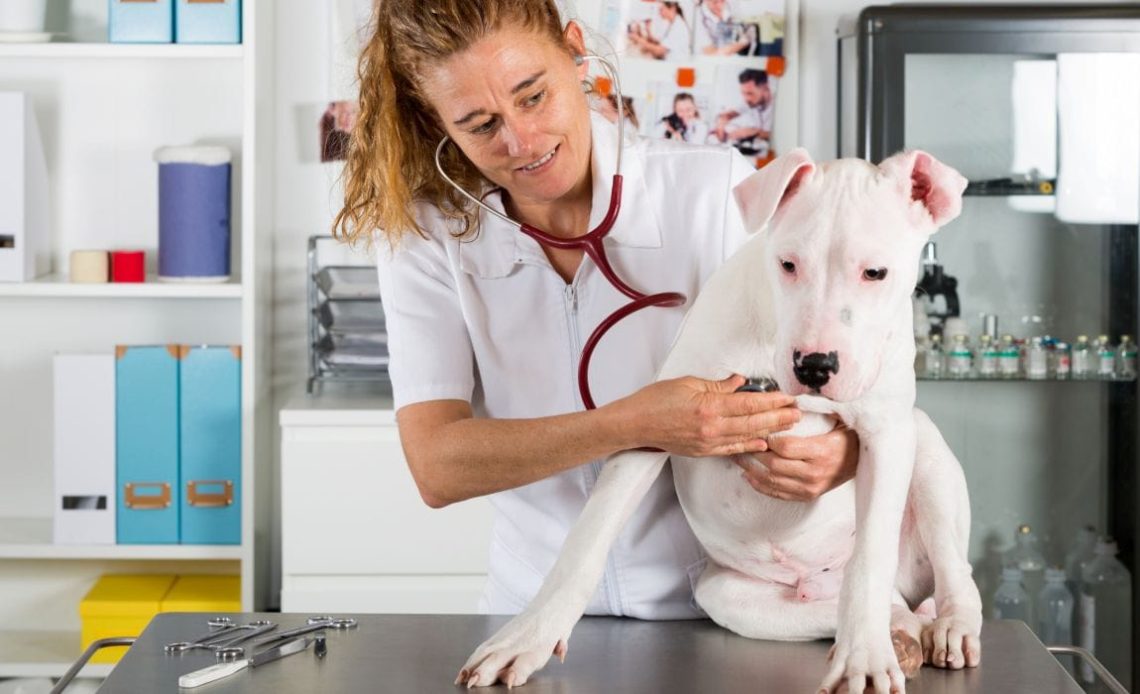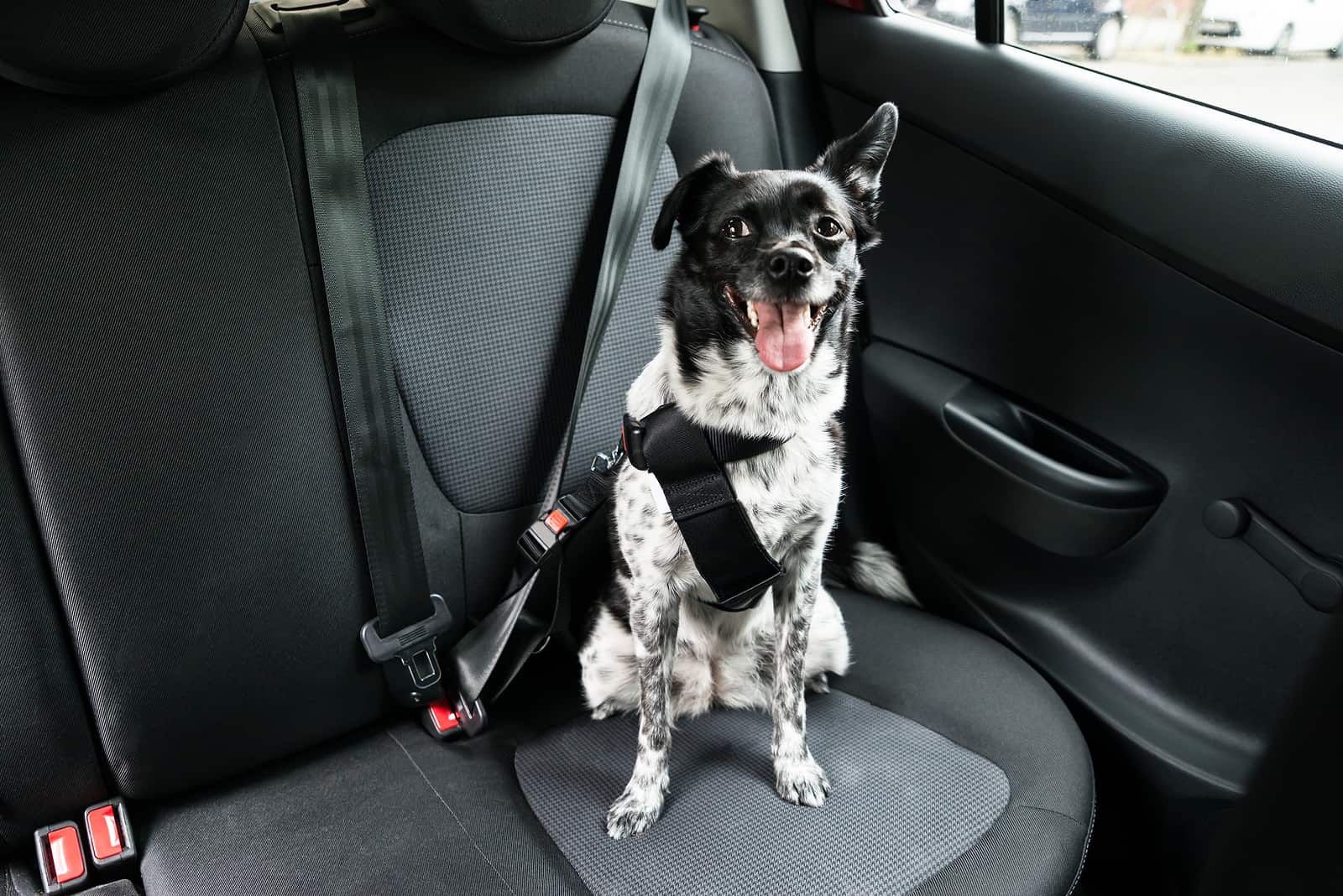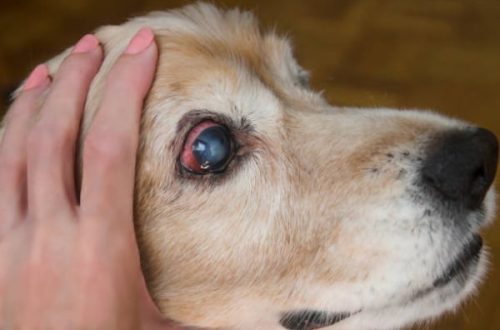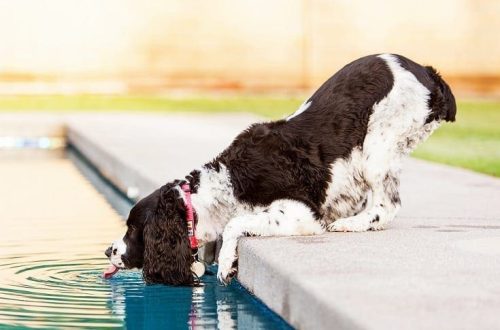
The dog is afraid of the veterinarian: we tell you how to accustom your pet to regular visits
Even under the best of circumstances, going to the veterinarian can be an ordeal for a dog. If you’re dealing with a pet that’s afraid to go to the vet, the check-up can be a real stress for both you and your four-legged friend. Not wanting to go through with it can be enough to skip a scheduled checkup or not go to the veterinary emergency room in an emergency. But an annual visit to the veterinarian is an important part of pet care. Read this article if going to the vet with your dog becomes stressful.
Contents
 Puppies should be socialized between the ages of seven weeks and four months. It is during this period that the character of the dog is formed, and the more he sees, hears and smells at this time, the more impressions he gains, the less he will be afraid when he grows up. If the dog is no longer a puppy, but going to the veterinary clinic causes fear in him, he may not have been properly socialized during this critical period. She just might have formed negative associations with visiting the veterinary clinic at a young age. One method of socializing a dog is to start accustoming it to new sights, sounds, and situations. Use every opportunity to introduce her to new people, pets and situations. If the dog becomes shy and aggressive, you may need to muzzle him until such reactions pass. You can ask your veterinarian or dog handler if he can suggest ways to accustom a dog to a new environment, which once helped other pets.
Puppies should be socialized between the ages of seven weeks and four months. It is during this period that the character of the dog is formed, and the more he sees, hears and smells at this time, the more impressions he gains, the less he will be afraid when he grows up. If the dog is no longer a puppy, but going to the veterinary clinic causes fear in him, he may not have been properly socialized during this critical period. She just might have formed negative associations with visiting the veterinary clinic at a young age. One method of socializing a dog is to start accustoming it to new sights, sounds, and situations. Use every opportunity to introduce her to new people, pets and situations. If the dog becomes shy and aggressive, you may need to muzzle him until such reactions pass. You can ask your veterinarian or dog handler if he can suggest ways to accustom a dog to a new environment, which once helped other pets.
How to Reduce Your Dog’s Sensitivity to Touch
During a visit to the veterinarian, the dog will inevitably be touched, poked and prodded, which can be especially unpleasant if he is not used to it. The College of Animal Behavior recommends taking the time to train your dog to be touched. When the animal is in a relaxed state, start gently stroking it behind the ears, on the paws, touching the cheeks and slightly opening the mouth. Reward your dog with treats and praise to help form positive associations with touch.
How to teach a dog to ride a car
 For many dogs, a hated visit to the veterinarian begins with a drive. If the veterinary clinic is the only place where the pet goes by car, the formation of negative associations cannot be avoided. You can help her feel more relaxed at the doctor’s appointment by getting her dog used to the car. Start with short trips around the area. Then go to interesting places like a dog park or a pet store. Along the way, remember to provide positive reinforcement. As soon as car trips start to end with something pleasant for the pet, he will most likely look forward to the opportunity to ride. Always make sure your dog is safe and comfortable when traveling in a car to help reduce unnecessary anxiety.
For many dogs, a hated visit to the veterinarian begins with a drive. If the veterinary clinic is the only place where the pet goes by car, the formation of negative associations cannot be avoided. You can help her feel more relaxed at the doctor’s appointment by getting her dog used to the car. Start with short trips around the area. Then go to interesting places like a dog park or a pet store. Along the way, remember to provide positive reinforcement. As soon as car trips start to end with something pleasant for the pet, he will most likely look forward to the opportunity to ride. Always make sure your dog is safe and comfortable when traveling in a car to help reduce unnecessary anxiety.
Make visiting the veterinarian fun
Similarly, you can change the dog’s attitude towards being in the clinic itself. To do this, you need to look into the clinic with the dog between appointments for no reason. Before you go there, call and alert the staff of your arrival, and try to arrive at a time when doctors and other specialists are not very busy so that they have the opportunity to give the dog proper attention. The AKC recommends sitting in the waiting room for a few minutes, allowing the dog to watch other pets come and go and get used to new sounds and smells. Be sure to reward your dog if it is calm and friendly, and don’t ignore whining or anxious behavior.
Let’s face it, there are some aspects of going to the vet that a dog will never enjoy. But if you’re willing to put in the effort to help your pet overcome his fear, he’ll learn to feel calm and relaxed, which will make visiting the veterinary clinic much more enjoyable for both of you.





